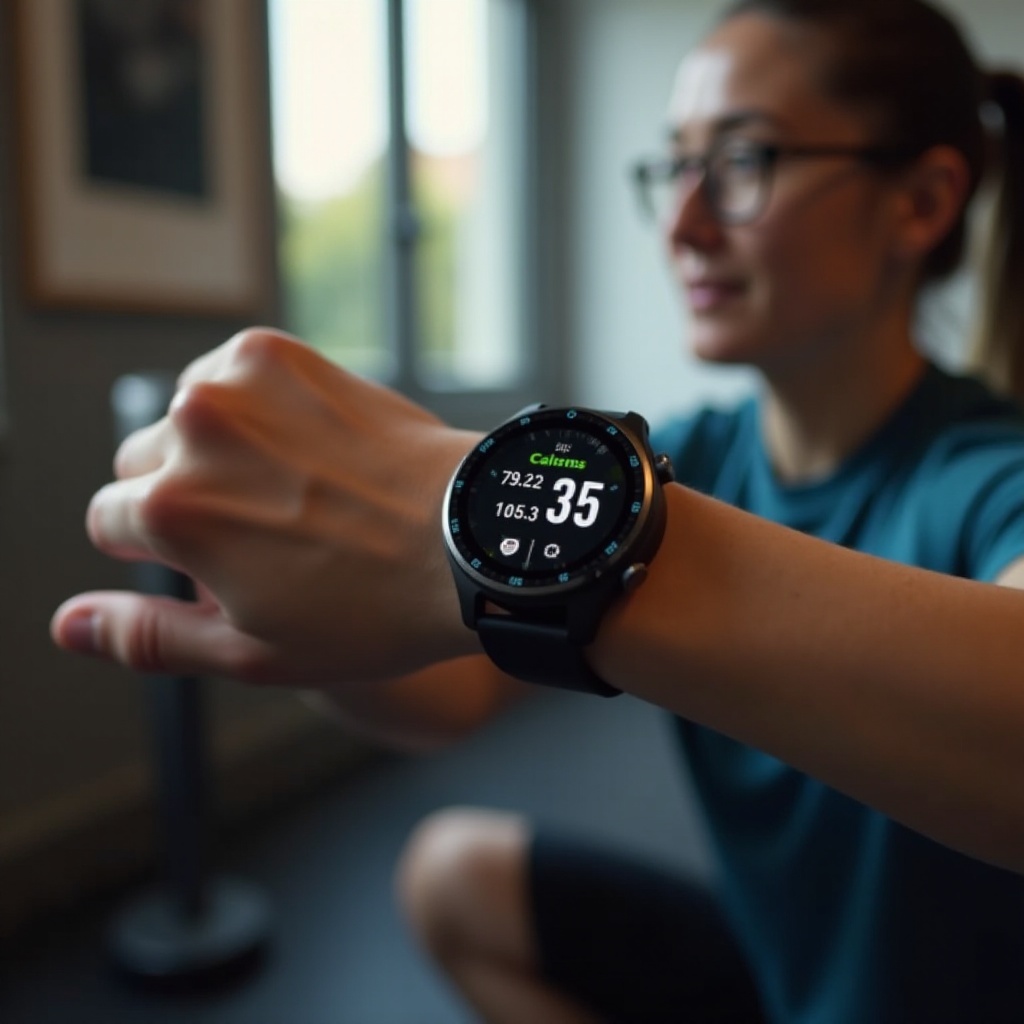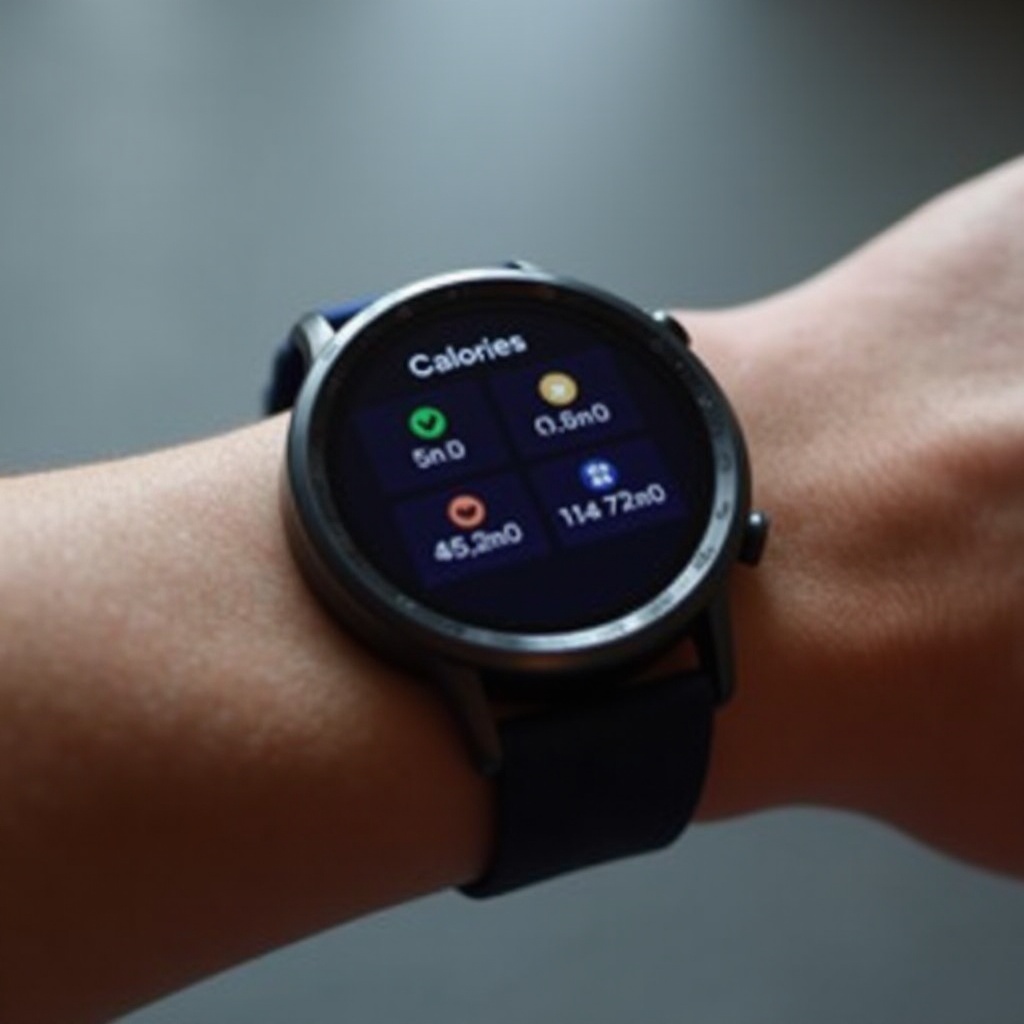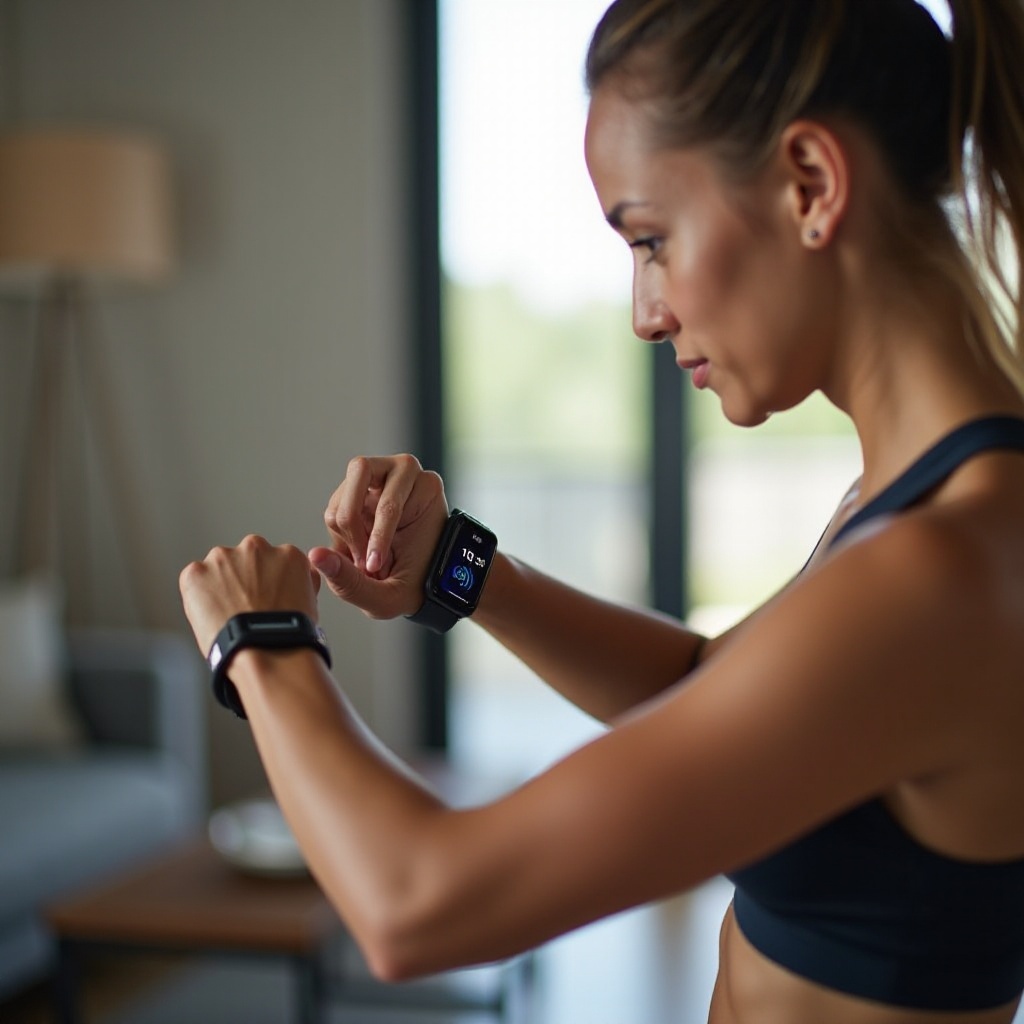Introduction
Smart watches have transformed how we approach fitness by tracking various health metrics, including calories burned. But how exactly do these devices estimate the number of calories we expend during our daily activities? Understanding this process can help users make the most out of their smart watch’s capabilities. In this blog, we will unravel the technology behind calorie tracking in smart watches, explore various methods of calorie calculation, assess the accuracy of these devices, and review some popular smart watches renowned for their calorie tracking features. Let’s delve into the science and technology that power this fascinating function.

The Technology Behind Calorie Tracking
Smart watches leverage sophisticated technology to estimate the number of calories burned. They incorporate several components and techniques to make this possible.
Sensors Used in Smart Watches
The core of calorie tracking lies in the sensors embedded within the smart watch. Most smart watches come equipped with an optical heart rate sensor that measures the wearer’s heart rate continuously. Another essential sensor is the accelerometer, which tracks movement and measures steps. Some advanced models also include GPS sensors to monitor speed and distance more accurately during outdoor activities.
Data Collection and Processing
The sensors in smart watches collect vast amounts of data. The optical heart rate sensor tracks heartbeats, while the accelerometer captures movement data. This raw data is then processed using complex algorithms that integrate user-specific information, such as age, weight, height, and gender, to calculate caloric burn. These algorithms analyze patterns and trends in the data to provide accurate estimations of calories burned based on various activities and exertion levels.
Different Methods of Calorie Calculation
Different methods are employed to calculate the number of calories burned, ensuring that the estimates provided by smart watches are as accurate as possible.
The Role of Heart Rate in Calorie Calculation
Heart rate is a crucial metric in estimating caloric burn. Smart watches use the heart rate data to understand the intensity of an activity. Higher heart rates typically indicate higher physical exertion and, thus, more calories burned. This data, when combined with individual user metrics, provides a personalized estimation of calorie expenditure.
Activity Recognition and Motion Tracking
Smart watches can distinguish between different types of activities through activity recognition algorithms. Whether you are walking, running, cycling, or engaging in another form of exercise, the watch identifies the activity based on movement patterns and intensity. By recognizing specific activities, the smart watch can apply specific caloric burn estimation models tailored to each activity’s energy demands.
Integration of User-Specific Data
The individual-specific data, including age, weight, height, and gender, plays a vital role in calorie calculations. For example, a heavier person burns more calories than a lighter person when performing the same activity. By integrating this data, smart watches ensure that the caloric burn estimations are tailored to the user’s physiological profile, making them more accurate.
Accuracy of Calorie Tracking
While smart watches provide a convenient way to track calories burned, the accuracy of these estimations is influenced by several factors.
Factors Affecting Accuracy
- Sensor Quality: The precision of the sensors directly affects the accuracy of the data collected. High-quality sensors provide more reliable data.
- User Data Precision: Accurate input of personal data (age, weight, height, gender) is vital. Inaccurate inputs can lead to erroneous calorie estimations.
- Type of Activity: Certain activities, such as strength training or swimming, may be harder to track accurately compared to steady-state activities like walking or running.
- Wearable Fit: A snug fit ensures that sensors are correctly positioned, providing accurate readings. A loose fit can lead to inconsistent data collection.
Comparing Smart Watches with Other Devices
Comparing smart watches with other fitness tracking devices reveals varying levels of accuracy. Dedicated heart rate monitors and chest straps often provide the most precise measurements, given their specific design for tracking physiological data. However, smart watches offer a balance between convenience and accuracy. They integrate multiple functionalities beyond calorie tracking, making them appealing for overall fitness monitoring.
Popular Smart Watches and Their Calorie Tracking Features
Several smart watches are well-regarded for their calorie tracking capabilities. Here’s a look at some popular models.
Apple Watch
The Apple Watch utilizes advanced sensors and sophisticated algorithms to provide precise calorie tracking. It offers a comprehensive suite of health and fitness tracking features, including heart rate monitoring, GPS tracking, and the integration of user-specific data to offer accurate caloric burn estimations. Apple’s seamless integration with the iOS ecosystem enhances the user experience.
Samsung Galaxy Watch
Samsung Galaxy Watches are equipped with robust fitness-tracking capabilities. These watches utilize heart rate monitoring, accelerometers, and other sensors to estimate calories burned. Additionally, Samsung Health app integration provides users with detailed insights into their fitness and health data. It supports a variety of activities making it versatile for many users.
Garmin Forerunner
Garmin’s Forerunner series is renowned among athletes and fitness enthusiasts. These watches offer precise calorie tracking using advanced sensors and algorithms. With features like GPS tracking, heart rate variability, and activity-specific calorie estimates, the Garmin Forerunner is designed for those seeking detailed fitness insights and accuracy.

User Tips for Improving Calorie Tracking Accuracy
To enhance the accuracy of calorie tracking, consider these tips:
1. Ensure Proper Fit: Make sure the smart watch fits snugly on your wrist to ensure accurate sensor readings.
2. Update User Data: Regularly update your personal data (weight, height, etc.) on the device to maintain accuracy.
3. Specify Activity: Use the smart watch’s activity modes to specify the type of exercise you’re performing.
4. Monitor Battery Levels: Ensure the watch is adequately charged to prevent data loss or inaccuracies.

Conclusion
Smart watches offer an advanced, convenient way to track calorie burn, leveraging sophisticated sensors and algorithms. While the technology provides impressive estimates, understanding the methods of calculation and the factors affecting accuracy ensures users can utilize these features effectively. By choosing the right smart watch and following best practices for accuracy, you can make significant strides toward achieving your fitness goals. Whether you opt for an Apple Watch, Samsung Galaxy, or Garmin Forerunner, these devices can be valuable tools on your fitness journey.
Frequently Asked Questions
How Accurate Are Smart Watches in Tracking Calories Burned?
Smart watches are generally accurate within a certain range, but their estimations can vary based on the quality of sensors, user data accuracy, and the type of activity performed. They offer a reliable approximation but should not be solely relied upon for precise measurements.
Can I Rely on Smart Watches for My Fitness Goals?
Yes, smart watches can be a valuable tool for tracking your fitness progress, setting goals, and monitoring overall health. However, they should complement other fitness and health practices rather than replace professional medical advice or high-precision equipment.
Do Different Activities Affect Calorie Tracking Accuracy?
Yes, certain activities are more challenging to track accurately than others. Steady-state activities like walking and running usually provide more precise estimations, while exercises like strength training or swimming may present more variability in calorie tracking.

